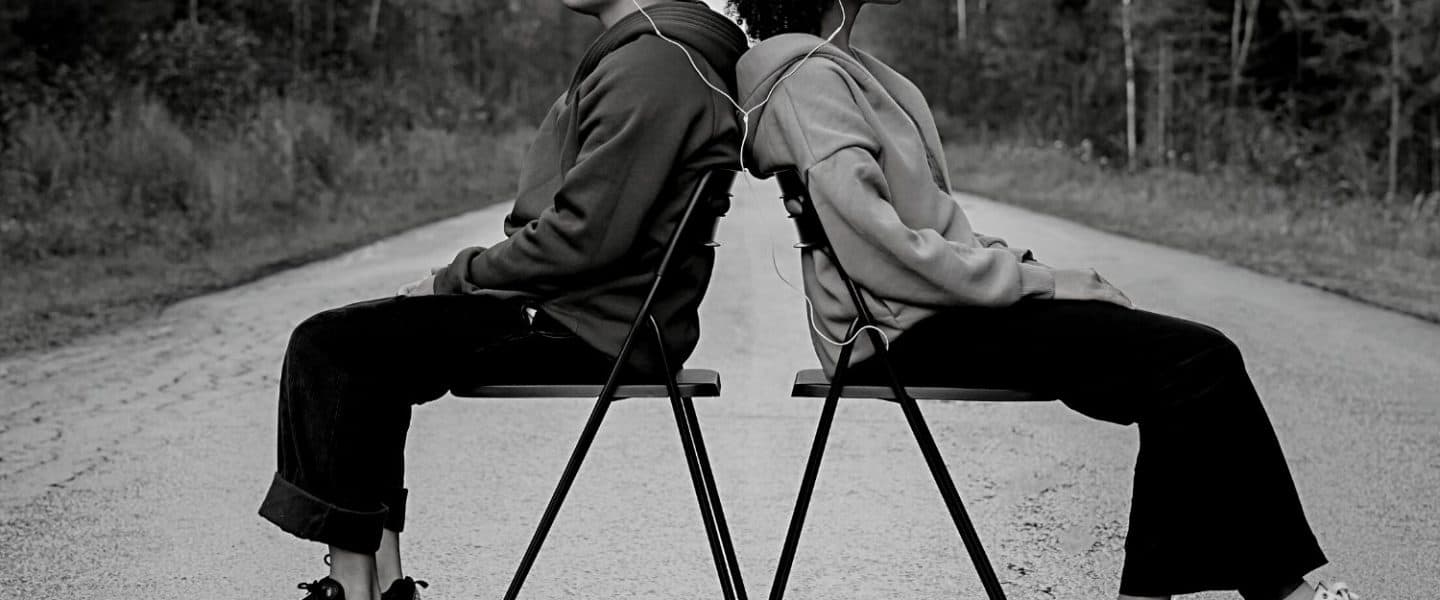“Peace is not the absence of conflict, but the ability to cope with it.” Dorothy Thomas
In this episode, we unpack Conflict Resolution, examples of what a lack of conflict resolution looks like, the five conflict styles, and why resolving conflict is so important.
SHOW NOTES: Hello and welcome. How have you been? I hope you are keeping well! I have had a lovely month celebrating another year of life and the completion of my studies. They say it takes a village to raise a child and, in my opinion, we don’t ever outgrow the village. I am so grateful for all the wonderful people in mine who offered support and encouragement over the years.
How do you feel about conflict?
What were the rules around conflict growing up? Don’t rock the boat; keep the peace.
According to the American Psychological Association, the definition of conflict is: In interpersonal relations, conflict denotes the disagreement, discord, and friction that occur when the actions or beliefs of one or more individuals are unacceptable to and resisted by others.
Is it fair to say that conflict in life is a given? But how to turn up or not turn up in the face of it? Do we fight, flight or freeze?
The analogy of the two camps.
Camp one where there is never any fighting, where there is no apparent conflict or even hidden conflict.
Camp two conflict is evident, often brutal, and hurtful.
The common denominator in these two situations is the lack of conflict resolution.
In camp one, the conflict is denied or hidden.
In camp two, feelings of rage, harshness, or inflexibility do not allow for reconciliation or peace.
Either way the need for attachment is robbed as it takes its toll not only on the relationship but also at an individual level, impacting one’s sense of security and self-esteem.
There are five conflict styles that we can look at together. The idea is to create awareness so we can better understand ourselves. Which of the five conflict styles do you identify with?
- Competitive – “Must win at all cost,” these are people that take a firm stand and know what they want, usually from a place of power, ‘I’m right you’re wrong’ mentality, someone must lose.
- Compromising – Trying to find a solution that will at least partially satisfy everyone and all equally give up some ground.
- Accommodating – Willing to meet the needs of others at the expense of own needs, accommodating their views, weak, passive and self-sacrificing.
- Avoiding – Withdrawal, evading conflict altogether, avoiding hurt and pain but often the feelings are repressed, leading to a more serious problem.
- Collaborative – An effective resolution focused style that tries to respect and hear all people, usually highly assertive and acknowledging everyone is important.
So why bother working on the way we engage in the face of conflict? Because relationships become stronger, more enduring, and closer through conflict resolution.
To help you with your conflict resolution journey, you can access the 14 ways to resolve conflict resource by heading to www.carmendebono.com.au/resource.
On a finishing note, conflict cannot be resolved if anyone feels criticised, blamed, devalued, shamed, or humiliated. By engaging in frequent conversations, we can practice identifying where the conflict lies, come up with an action plan and negotiate rather than compromise where one can feel they are getting the short end of the stick. Until next time you take good care of yourself.
Recommended Resource: Communication, Boundaries
Source: Psychology Today

